
Video
Tree planting for climate and biodiversity
00:01:17
Mark and Liz Lea planted a small woodland on their organic Shropshire farm in 2023 with MOREwoods. They hope it will boost biodiversity, benefit their local community and provide wood chip for their biomass boiler.
Video length: 00:04:06
My name is Mark Lea, I'm an organic farmer from Shropshire.
We're here in our brand new woodland, which has been supported by the Woodland Trust under their MOREwoods scheme.
We're an organic mixed farm, we have arable cropping and sheep and produce a range of combinable crops for human consumption in a mixed system that aims to support nature and biodiversity throughout.
For us, the main reasons for doing this were primarily environmental, conservation of nature, but also carbon but we also wanted to engage more closely with our local community and we had them here planting, we asked for volunteers to plant and had an absolutely lovely time planting this with our neighbours and our friends, all of whom thanked us afterwards for the opportunity to be a part of it.
We also use it for educational access we have schools here and we've already started bringing schools into the woodland to complete the planting but we will continue to do that over the coming years as it develops, to study the woodland as it develops but also to see the impact that it has on nature.
It's also just a lovely place to be. And we've already found that we've created even at this very early stage somewhere that's nice to come and sit on a part of the farm that previously was really rather neglected.
We've worked with the Woodland Trust before on smaller projects, and it was really when I was researching for this woodland looking for planting advice that I came across the MOREwoods scheme which seemed the perfect fit for a small woodland of this scale really. And that's proved to be the case, the whole process was very smooth and very easy and the support was generous and we're delighted with what we've ended up.
We wanted to make this as positive a project as we could and so to add value really throughout the whole thing we started with establishing a flowering grass mix two years ago in readiness to do it, so we've got quite a degree of pollen and nectar already but since we planted we've sown a lot more wild flowers into here in between the trees, which we hope will give us both annual flowers this year but perennial flowers going forward.
We also chose non-plastic tree guards which was important to us personally but we wanted to use this as an opportunity to experiment with much much reduced plastic use in the woodland. It's really all about doing it in the best way we can and learning as much as we can as we would like to do it again in the future.
I first made contact with the Woodland Trust in the autumn to discuss the eligibility of the idea that we had and once that was cleared a Woodland Trust adviser came to see us in the winter and we walked around the site and discussed the plan which we already had, he contributed to that plan evolving and a species list being created, provided planting advice. The Woodland Trust organised the ordering and the delivery of the trees and the guards in February and have supported the scheme really at every step through um and crucially, of course, has provided the subsidy which has allowed us to do this from a financial point of view.
In the future, we're really looking forward to seeing how this wood develops I think more so than I ever thought would be the case. Longer term we're hoping to do some coppicing in here to create wood chip for our boiler but also mainly to see the effect on nature. We're already seeing it become more of a focus for nature even at this early stage and the potential is huge so I think seeing it develop is going to be really really exciting.
We've really learned the importance of planning and preparation I think for woodland creation, both physically preparing the site was important so we were ready to go when the trees arrived, but also having a plan that was clear, so that when we had a lot of volunteers on the day everybody knew what they were doing. It's a lot of trees to get in very quickly and they need to be in the right place so a good plan and preparation is vital.
We're really really looking forward to the way this wood will develop in the next few years and watching the impact that it has both on nature and conservation but also on the local community who were part of the planting and who I'm sure will continue to be part of its evolution as well.
If you think you could benefit from a woodland like this on your farm then I would 100% urge you to contact the Woodland Trust as we did and the website is the best place to start.

Video
00:01:17
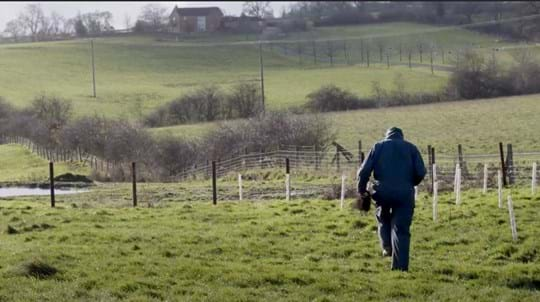
Video
00:02:18

Video
00:04:00
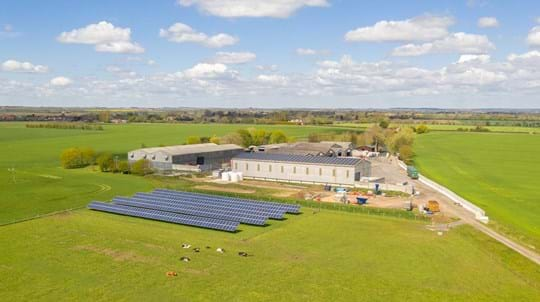
Video
00:05:04
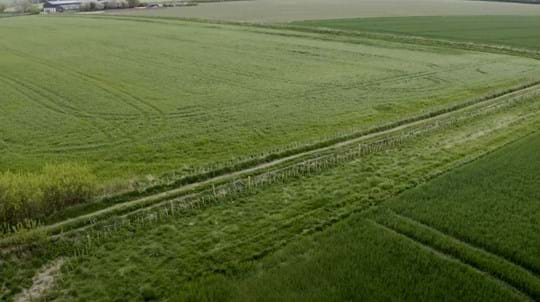
Plant trees
Ben Butler is passionate about doing his bit for the environment while running a successful farm. See how our MOREhedges scheme has helped on both fronts.
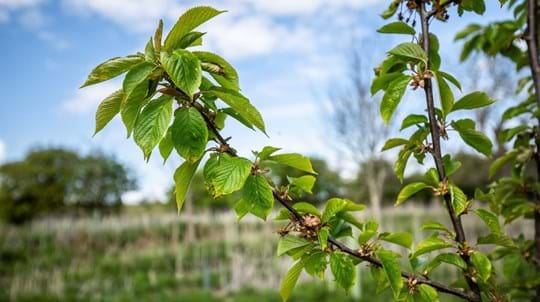
Plant trees
If you’re looking to plant trees, we have the trees, grants and funding schemes to help.
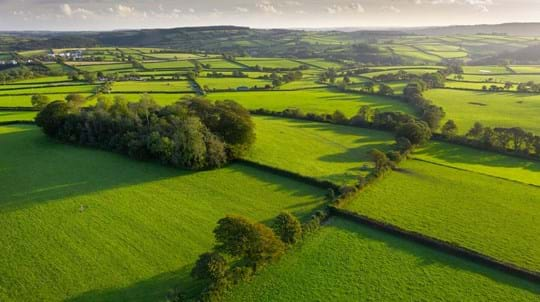
Plant trees
Want to plant 500+ trees on at least half a hectare? Apply for saplings, advice and funding with our MOREwoods scheme.
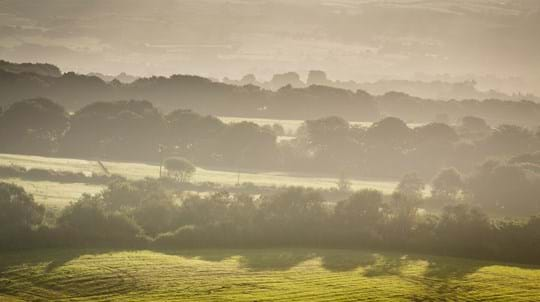
Plant trees
Our MOREhedges scheme includes saplings, advice and funding for new hedging projects of 100 metres or more.